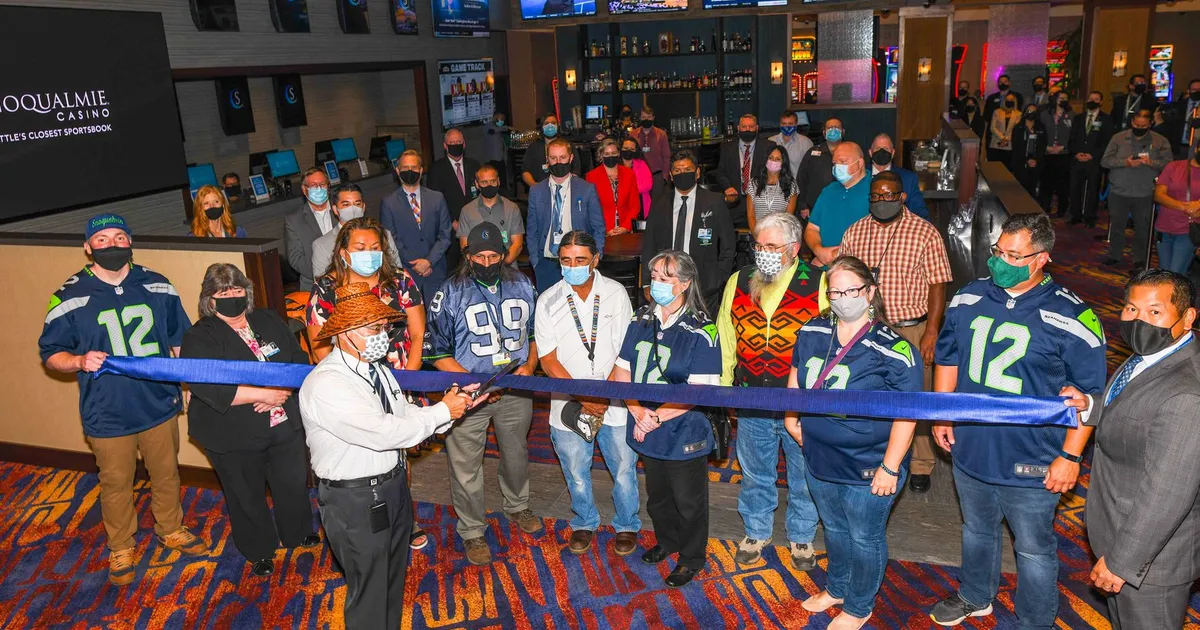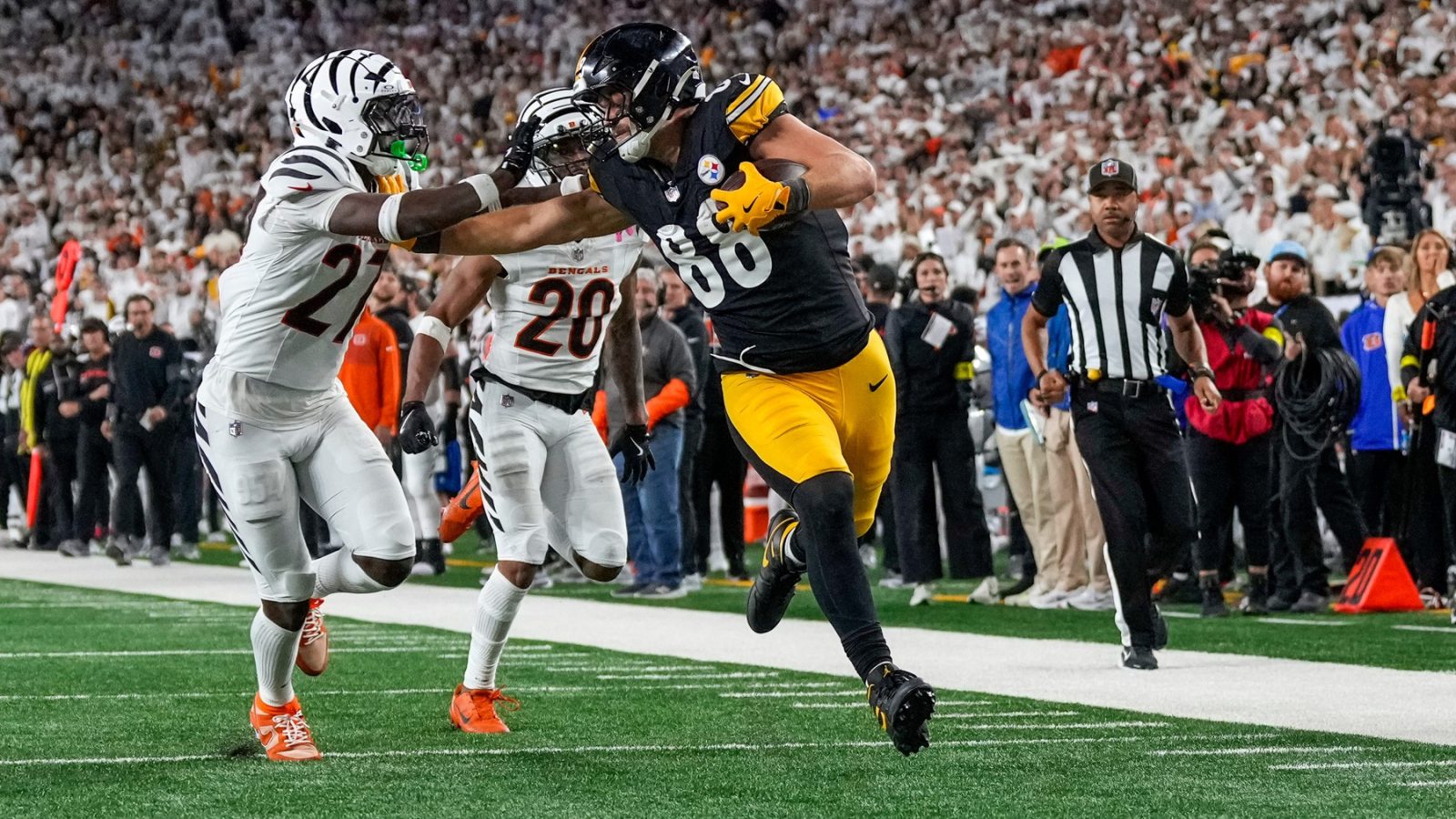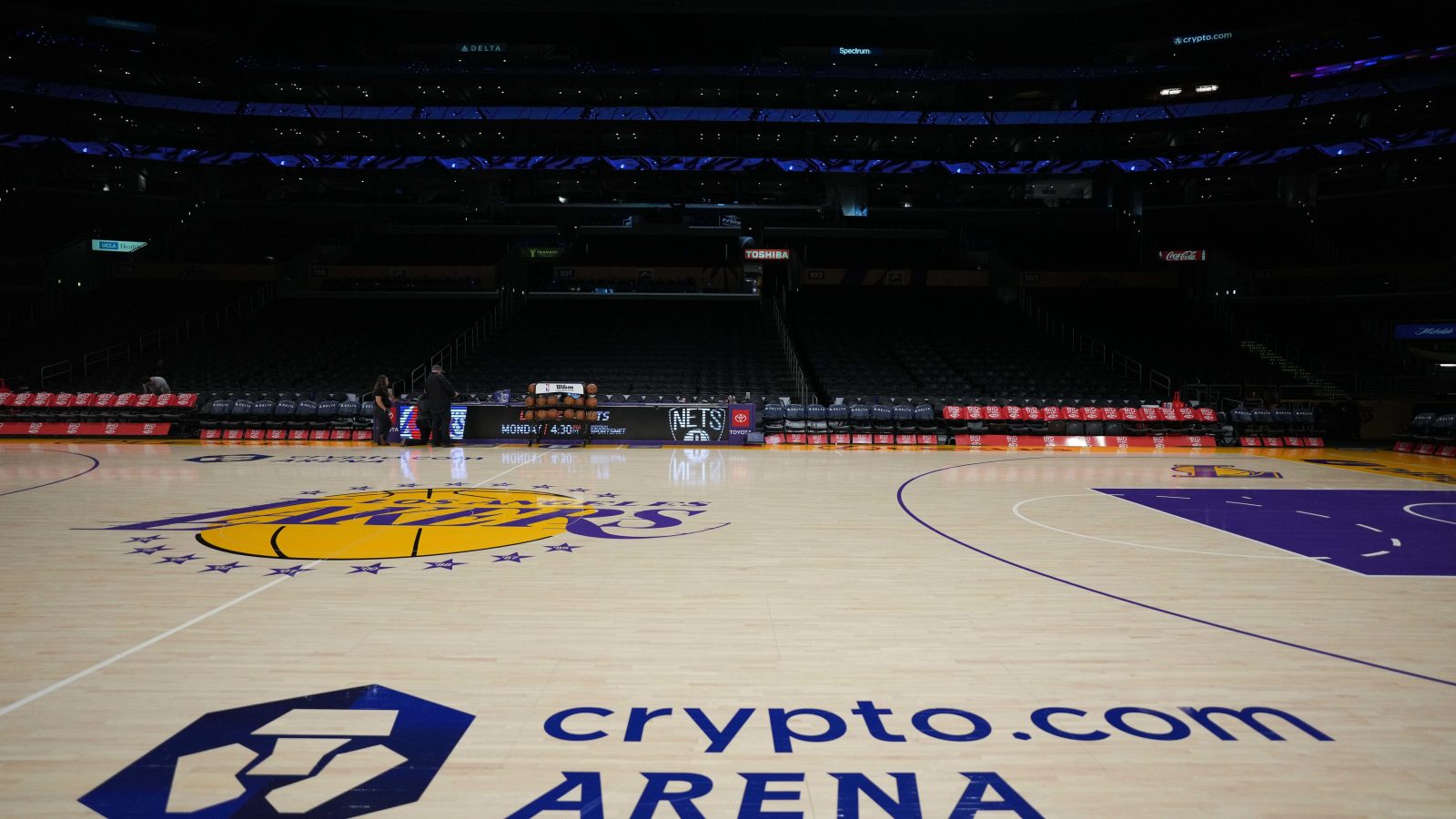Same-game parlays, often called SGPs, have become one of the biggest trends in US sports betting. Once banned by most sportsbooks, these bets are now everywhere, from your NFL Sunday app notifications to NBA primetime broadcasts. They combine multiple outcomes from the same game into one wager, giving bettors a chance to turn a few dollars into a big payout.
But while they look simple, same-game parlays work very differently from traditional parlays. Every sportsbook prices them in its own way, and understanding those differences can be the key to betting smarter. Whether you use DraftKings, FanDuel, BetMGM, or Caesars, knowing how these bets are built — and what risks come with them — can make a big difference in your results.
Also Read: The state board currently reviews casino applicants in NYC.
This guide breaks down what same-game parlays are, how they’re calculated, and what separates one sportsbook’s version from another.
What is a same-game parlay?
A same-game parlay lets bettors combine multiple selections from a single match, for example, “Chiefs to win + Patrick Mahomes over 2.5 passing touchdowns + Travis Kelce to score a TD.”
In traditional parlays, each leg must come from different games or markets that aren’t connected. In an SGP, all those outcomes come from the same event, which adds complexity.
Also Read: Why sportsbooks limit winning players and how to avoid restrictions
Sportsbooks use advanced models to calculate correlation, meaning how one outcome affects another. For instance, if Mahomes throws three touchdowns, it increases the chance that the Chiefs win. Because of this overlap, sportsbooks don’t simply multiply the odds as they would in a normal parlay.
Why same-game parlays are popular
The main reason SGPs exploded in the US is entertainment value. They make a single game more interactive, especially for NFL or NBA fans who want action on multiple aspects of the matchup.
- You can bet on player stats, team performance, and game results all in one ticket.
- Payouts are higher than single bets, though the risk is also greater.
- They’re easy to build through sportsbook “bet builder” tools, often promoted with odds boosts.
Social media has amplified their popularity too, with users posting massive wins (and sometimes heartbreaking losses) from $5 or $10 same-game parlays.
How different sportsbooks handle same-game parlays
FanDuel
FanDuel was one of the first US operators to introduce same-game parlays, branding the feature simply as “SGP.” Its system automatically identifies which markets can be combined and calculates correlated odds in real time. FanDuel also offers frequent “SGP insurance” promotions — where a parlay loses by one leg, but your stake is refunded in bonus bets.
DraftKings
DraftKings uses a “Same Game Parlay+” feature, allowing bettors to mix legs from multiple games into one combined parlay. It gives more flexibility than FanDuel’s version but sometimes offers slightly tighter pricing on correlated outcomes. DraftKings also displays potential payout updates instantly as you add or remove legs.
BetMGM
BetMGM’s same-game parlay builder includes player props, team totals, and game lines. One advantage is how clearly it flags non-combinable markets, so bettors don’t waste time adding legs that conflict. BetMGM also runs recurring promos tied to SGPs during major events like the Super Bowl or NBA Finals.
Caesars Sportsbook
Caesars allows same-game parlays across most US sports and frequently offers odds boosts on pre-selected combos. It’s known for simpler interfaces and straight payout visibility, appealing to casual bettors who want quick builds without complex options.
Tips for betting smarter with SGPs
- Limit correlation: Avoid stacking legs that rely too heavily on the same event (like a QB passing over + receiver TD from the same play).
- Compare payouts: Build the same parlay on two sportsbooks, odds can vary significantly.
- Look for promos: Many US sportsbooks run weekly SGP boosts or insurance deals that can reduce risk.
- Start small: Because of higher variance, it’s better to use smaller stakes on high-leg SGPs.
- Track your bets: Over time, keep a record to see which types of combinations actually perform best.
Advantages and risks
| Advantages | Risks |
|---|---|
| Higher potential payouts | Increased difficulty – all legs must win |
| Combines multiple props from one game | Correlation reduces true odds value |
| Enhanced viewing experience | Can encourage overbetting or chasing losses |
| Frequent sportsbook promos | Payouts often smaller than “true” parlay math |
FAQs
Q1: Can I build a same-game parlay on every sportsbook?
Most major US sportsbooks now offer SGPs, but the range of available markets and pricing can differ. Smaller or state-specific operators may still restrict them.
Q2: Are same-game parlays better for certain sports?
They work best in high-scoring sports like football and basketball, where there are many player stats and prop options. Baseball and hockey SGPs tend to have fewer legs available.
Q3: Do sportsbooks limit SGP payouts?
Yes. Each operator sets maximum payouts or bet limits, especially on highly correlated legs. Always check the rules before placing your bet.
Q4: Are SGPs worth it for serious bettors?
They’re more for fun than for long-term profit. Professional bettors usually avoid them due to the increased hold (house edge). Casual bettors, however, enjoy them for entertainment and big-win potential.
Q5: What’s the best strategy for SGPs?
Stick to 2–3 legs that make logical sense together, use promos when available, and avoid emotional or team-biased picks.







